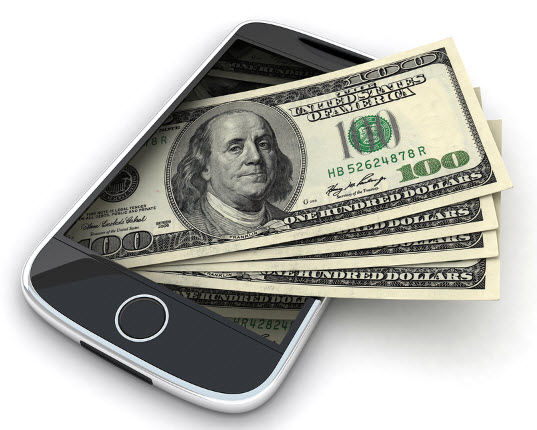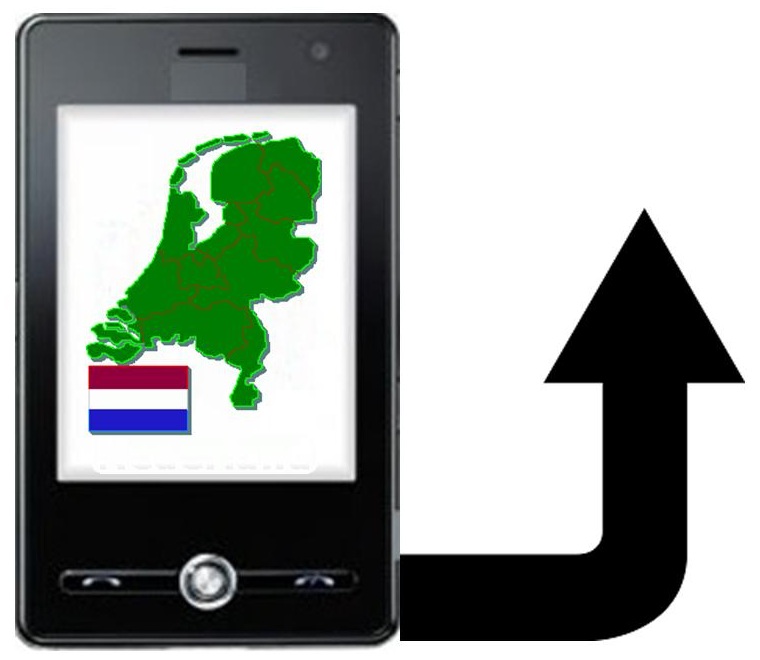According to recent statistics, mcommerce currently makes up 30 percent of online earnings.
The introduction and rapid penetration of smartphones has completely turned the world of online shopping on its head, to the point where mobile commerce is now representing a considerable share of the revenues that are being generated through ecommerce.
In fact, some of the latest data has indicated that mcommerce could represent nearly a third of online shopping revenue.
For example, in 2012, mobile commerce made up 10 percent of the overall revenues generated online by the websites of fashion retailer, Myntra, as well as 5 percent for Snapdeal an online deal provider. In 2013, however, that same channel was generating double the percentage for Myntra, and six times the percentage for Snapdeal, the latter of which was experiencing nearly daily growth in that area.
Travel companies are also benefiting from growing mobile commerce use by consumers.
It has been estimated that 15 percent of online travel company bookings at Yatra.com originated from smartphones. That company is now aiming to try to boost that figure to between 40 and 50 percent of its online revenue share, as rapidly as possible. Justdial, a local search website, has seen a much more considerable success rate, after having seen a growth of its mobile share of revenues by 150 percent.
For a long time the trend was for smartphone and tablet users to browse over their mobile devices and make their purchases in person, not online. Or they would browse over those gadgets and then make an online purchase using a laptop or desktop computer. However, that trend seems to be shifting as a growing number of people start to use their smartphones and tables for a larger number of daily tasks, including shopping and buying.
This trend toward mobile commerce buying has been accelerated by the rising number of retailers and merchants who have been optimizing their websites for smaller screens as well as creating dedicated apps. They have allowed for a greater amount of competition, comparison, and options so that consumers have more choice available to them through this channel.

 Tablets favored over smartphones
Tablets favored over smartphones